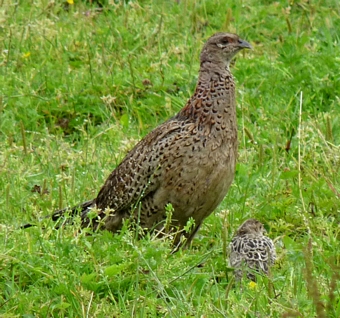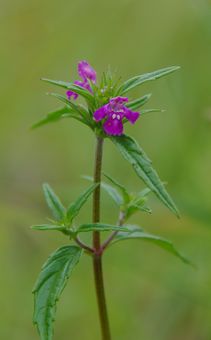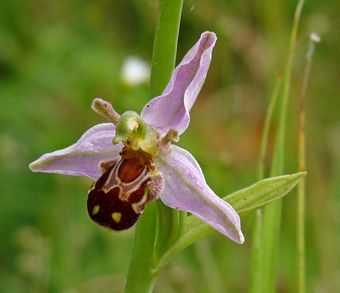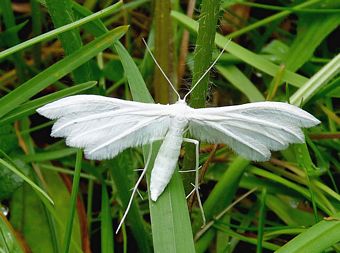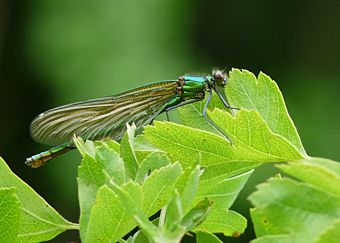WFV, Forest of Bowland, Chipping. 28/7/09
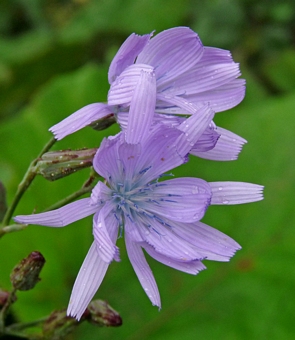 Blue Sow-ThistleA full minibus headed out to the Forest of Bowland. When Alan turned up not wearing his wellies, it might have been an omen for better weather. Alas not! Shortly after arriving at our destination, the rain started and it continued with varying intensity for much of the day. It was also rather breezy.
Blue Sow-ThistleA full minibus headed out to the Forest of Bowland. When Alan turned up not wearing his wellies, it might have been an omen for better weather. Alas not! Shortly after arriving at our destination, the rain started and it continued with varying intensity for much of the day. It was also rather breezy.
Joan ably led today's walk which started in Chipping, a village adorned with flowers, aspiring to be crowned champion in the Britain in Bloom contest. Our route soon took us off the road and onto field paths. A variety of cattle and sheep eyed us cautiously as we invaded their territory. The views, including those of Longridge Fell and Pendle Hill were wonderful even though we weren't seeing them at their best. The planned walk was amended a little, so we didn't get up onto the moorland, but the 4.5 mile route was very pleasant. We passed little brooks and sighted a dipper flying low over the water. Curlews were heard calling, and then four were seen flying.Two of them came down in a distant field. Several goldfinch and a nuthatch were also spotted. In spite of the rain, we did see a number of green-veined white and meadow brown butterflies. 165 plants were recorded including marsh woundwort, blue sow thistle and bilberry. (Gillian enjoyed those bilberries....) On return to Chipping, we headed to the coffee shop for sustenance and warmth before journeying back to Bradford having enjoyed another lovely, albeit wet, day out.
Sue

